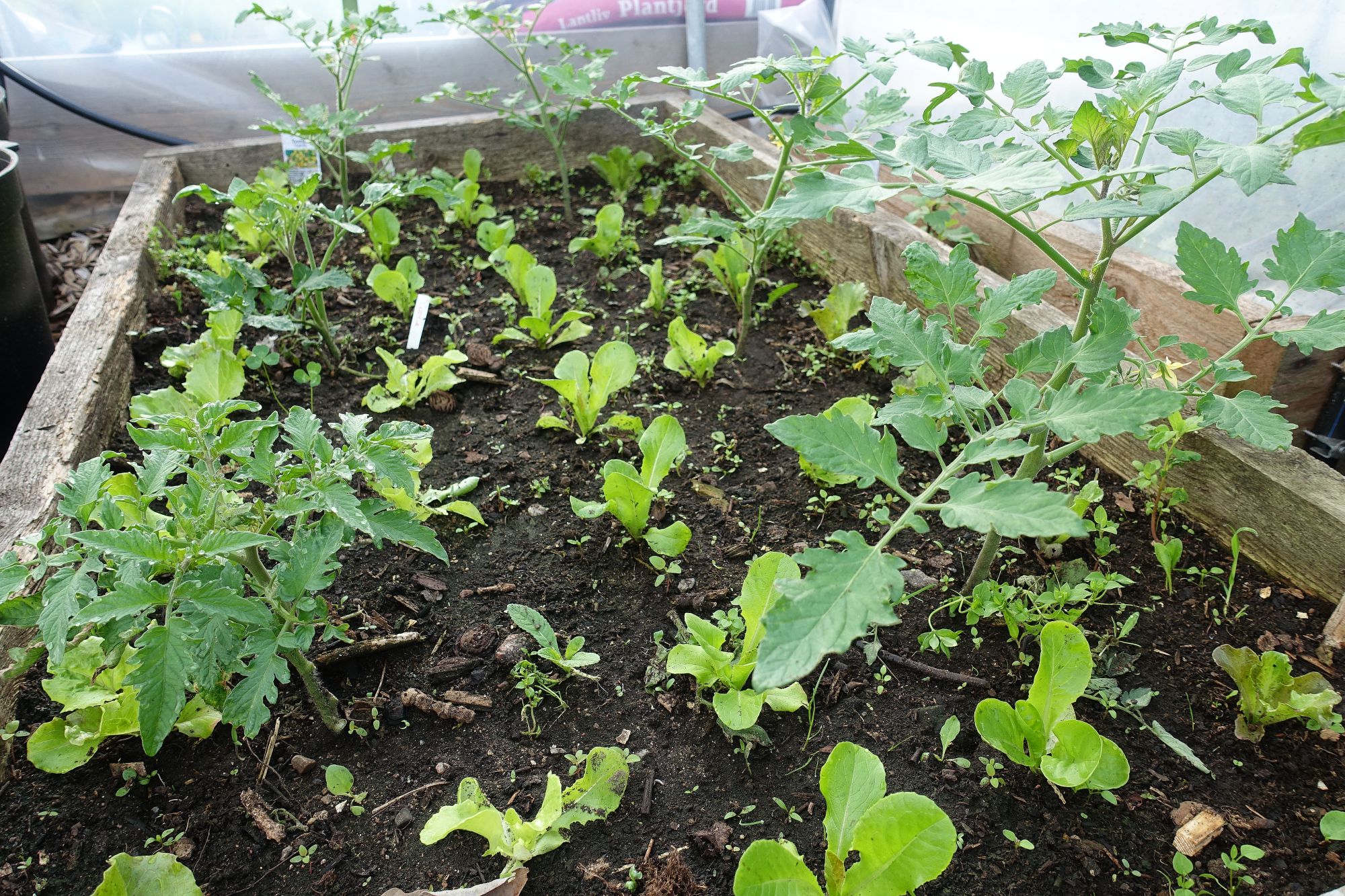Vegetables That Grow
Vegetables That Grow
Growing your own vegetables is a great way to save money, eat healthier, and get some fresh air and exercise. But if you're a beginner, it can be tough to know where to start. That's why we've put together this blog post with a list of the easiest vegetables to grow.
Here are 10 of the easiest vegetables to grow at home:
- Lettuce. Lettuce is a cool-season crop that can be grown in a variety of climates. It's also relatively pest- and disease-resistant, making it a good choice for beginner gardeners. Lettuce can be grown from seed or transplants, and it's typically ready to harvest in about 4-6 weeks.
- Green beans. Green beans are another easy-to-grow vegetable that's perfect for beginners. They can be grown in a variety of soil types and climates, and they're relatively pest- and disease-resistant. Green beans can be grown from seed or transplants, and they're typically ready to harvest in about 6-8 weeks.
- Peas. Peas are another cool-season crop that's easy to grow. They're also a good source of protein, making them a healthy choice for the whole family. Peas can be grown from seed or transplants, and they're typically ready to harvest in about 6-8 weeks.
- Radishes. Radishes are a fast-growing vegetable that's perfect for a quick harvest. They're also relatively easy to grow, even in small spaces. Radishes can be grown from seed directly in the garden, and they're typically ready to harvest in about 2-3 weeks.
- Carrots. Carrots are a root vegetable that's packed with nutrients. They're also relatively easy to grow, but they do need well-drained soil. Carrots can be grown from seed directly in the garden, and they're typically ready to harvest in about 6-8 weeks.
- Cucumbers. Cucumbers are a warm-season crop that's perfect for summer gardens. They're also a good source of vitamins C and K. Cucumbers can be grown from seed directly in the garden, and they're typically ready to harvest in about 6-8 weeks.
- Kale. Kale is a leafy green vegetable that's packed with nutrients. It's also a cold-hardy crop that can be grown in a variety of climates. Kale can be grown from seed directly in the garden, and it's typically ready to harvest in about 4-6 weeks.
- Swiss chard. Swiss chard is another leafy green vegetable that's easy to grow. It's also a cold-hardy crop that can be grown in a variety of climates. Swiss chard can be grown from seed directly in the garden, and it's typically ready to harvest in about 4-6 weeks.
- Tomatoes. Tomatoes are a popular warm-season crop that's perfect for summer gardens. They're also a good source of vitamins C and A. Tomatoes can be grown from seed indoors or directly in the garden, and they're typically ready to harvest in about 6-8 weeks.
- Potatoes. Potatoes are a root vegetable that's a staple food in many cultures. They're also relatively easy to grow, but they do need well-drained soil. Potatoes can be grown from seed potatoes or slips, and they're typically ready to harvest in about 8-12 weeks.
These are just a few of the easiest vegetables to grow at home. With a little planning and effort, you can enjoy fresh, homegrown vegetables all season long.
Tomatoes are a delicious and versatile vegetable that can be enjoyed in many different ways. But did you know that there are certain vegetables that grow well when planted near tomatoes? These companion plants can help to deter pests, improve the flavor of the tomatoes, and even boost their yields.
Some of the best companion plants for tomatoes include:
- Basil: Basil is a classic companion plant for tomatoes, and for good reason. It helps to repel tomato hornworms and other pests, and it also enhances the flavor of the tomatoes. Gardenia Inspiration has a great article on how to plant basil with tomatoes.
- Onions: Onions have a strong smell that deters pests, and they can also help to improve the drainage of the soil around tomatoes.
- Beans: Beans fix nitrogen in the soil, which is a nutrient that tomatoes need to thrive. They can also help to shade the roots of tomato plants, which can help to prevent them from rotting.
- Carrots: Carrots attract beneficial insects, such as ladybugs, which help to control pests. They also help to break up the soil around tomato plants, which can improve drainage and aeration.
If you're looking to grow healthy, productive tomato plants, I recommend planting some companion plants alongside them. Gardenia Inspiration has a wealth of information on companion planting, so be sure to check it out for more tips.
FAQ of vegetables that grow well with tomatoes
null
Image of vegetables that grow well with tomatoes
- Basil. Basil is a classic companion plant for tomatoes. It helps to deter pests and attract beneficial insects.
- Cucumbers. Cucumbers and tomatoes have similar growing requirements and can be planted together. They also help to shade the soil around tomatoes, which can help to prevent blossom end rot.

- Eggplant. Eggplant and tomatoes are both members of the nightshade family and can be planted together. They also have similar growing requirements.

- Lettuce. Lettuce is a cool-season crop that can be planted early in the season with tomatoes. It helps to suppress weeds and provide shade for the tomatoes.

- Peppers. Peppers and tomatoes are both heat-loving plants that can be planted together. They also have similar growing requirements.


Post a Comment for " Vegetables That Grow"